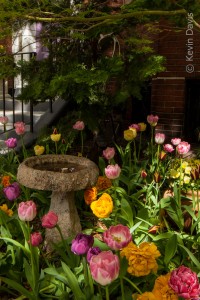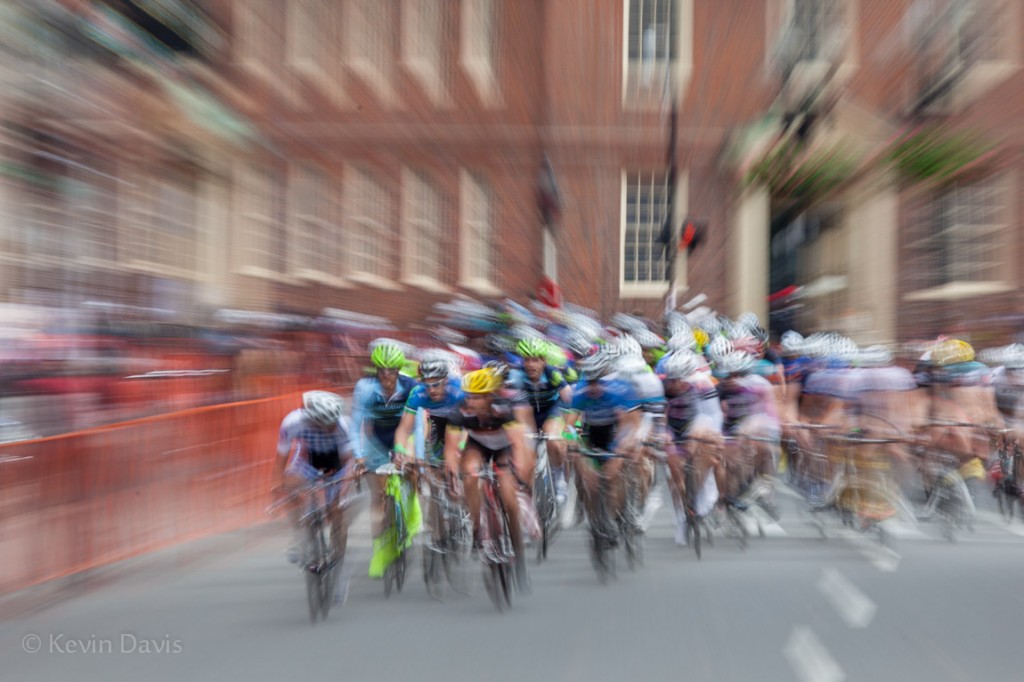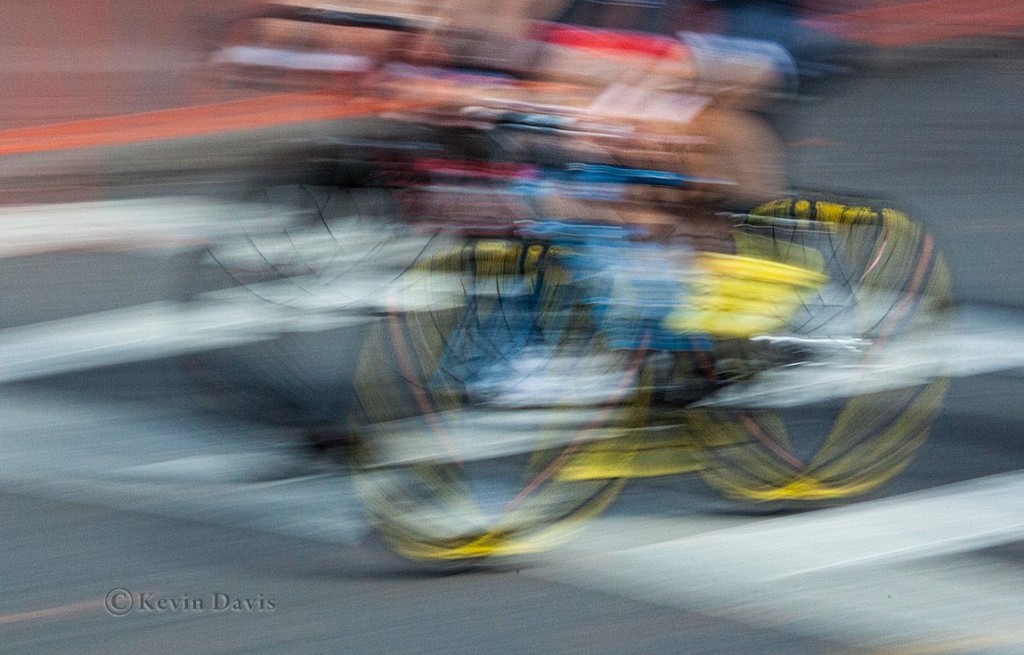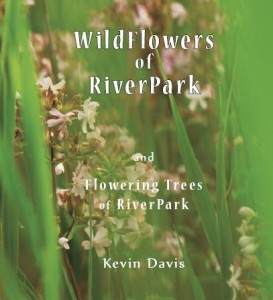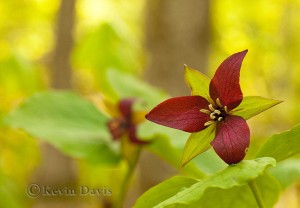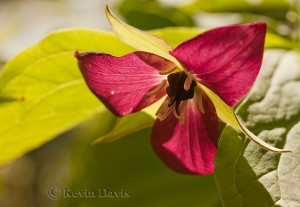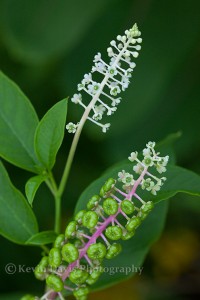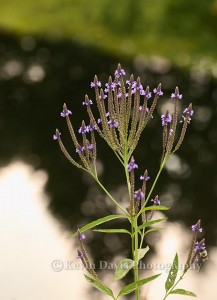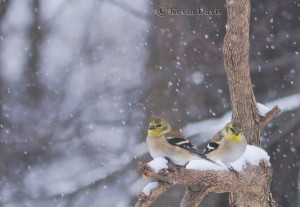When I heard about this photography opportunity, I could not ignore it. Everyone loves baby animals! A 3-day workshop with leader Jeff Wendorff, to photograph baby animals at a game ranch in Montana.
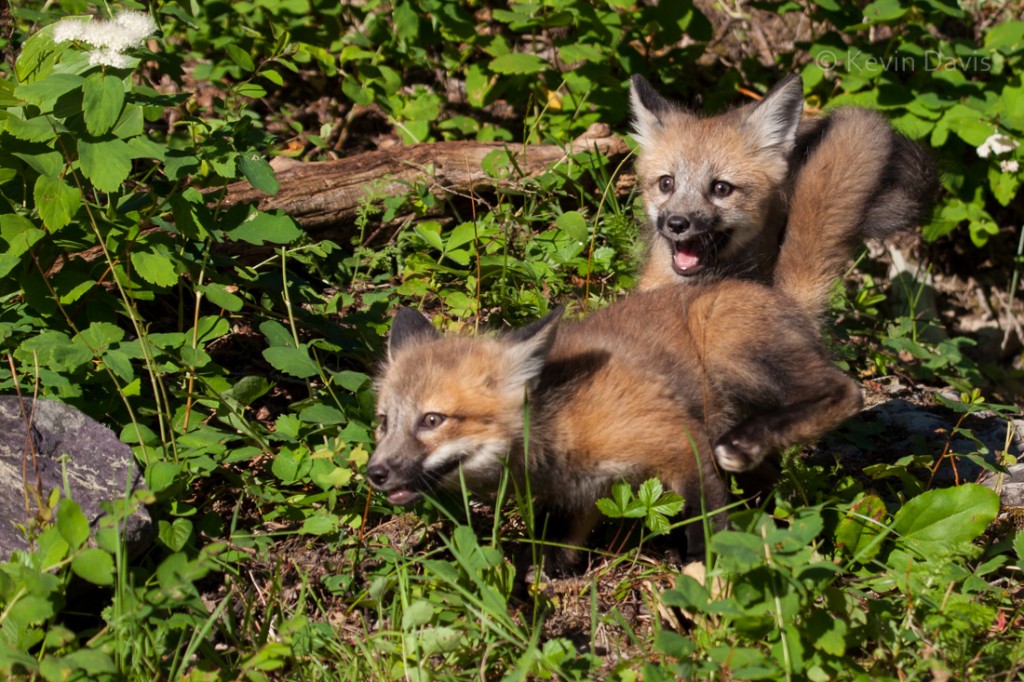 Wolf cubs, Red Fox cubs, Bobcat kits, a 4-month-old Tiger, and more. The cuteness factor is very high.
Wolf cubs, Red Fox cubs, Bobcat kits, a 4-month-old Tiger, and more. The cuteness factor is very high.
I discovered limitations of my camera equipment that I had known before; particularly, my ability to quickly select a focus point. In this regard, I have never considered the Canon 5D2 to be cumbersome, but I found here that the controls are not quite agile enough. The common technique of focus, then recompose, takes 2 seconds and that’s not fast enough. The wolf cubs were particularly difficult; they are very energetic and very fast.
All totaled, I shot somewhere around 3400 photos. By comparison to some other folks, that’s not a lot.
After editing, I had fewer than 1000 images. (I should probably do another round of editing and cut that number in half.) Images were rejected for a variety of reasons. Maybe my composition cut off the tip of a tail. Maybe the animal’s ears were pointing in an odd way. Sometimes there is nothing particularly wrong with the image, but I have a similar image that is slightly better. Delete the weaker image because there is no point in keeping both images.
[ Click on either image to see a larger view. ]
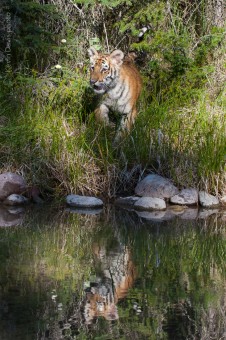 The workshop included a 4th day, just in case foul weather might interfere with the workshop, though this wasn’t necessary the week we were there. So we had the option to photograph some other animals, including adult animals and a 1.5-year-old Grizzly Bear.
The workshop included a 4th day, just in case foul weather might interfere with the workshop, though this wasn’t necessary the week we were there. So we had the option to photograph some other animals, including adult animals and a 1.5-year-old Grizzly Bear.
Of the 3.5 days, two days are jam-packed busy. The other 1.5 days are still busy but not as exhausting.
Not only is Jeff Wendorff (jeffwendorff.com) an expert at photographing wildlife, but he also has an excellent relationship with the staff at the game ranch.



